|
As a forest school practitioner, I’m interested in learning more about inquiry-based learning. Some inquiries into inquiry come to mind:
I know this: curiosity leads to questions. In outdoor education, you never know what you’re going to find, and that’s a large part of the excitement. In many cases, you need to improvise outside of a set plan as nature is unfolding in present time. So let's just say that you're sitting with a group of children, and a colourful bird chirps overhead. One child asks, “What kind of bird is that?” How do you respond? I’ve heard from various people that naming things in nature can kill curiosity—the opposite of what I want to achieve with the children I teach. For me, naming doesn’t kill curiosity. In fact, it can deepen it. As this theme burned in my mind, I contacted a mentor named Bill Kilburn, Manager of the Back to Nature Network. My question: I’ve heard from various people that naming things in nature can kill curiosity. For me, however, if I’m listening to the call of a chestnut-mandibled toucan and want to know more about that bird, a name is my inspiration to learn more. Does naming in nature inspire learning, or kill curiosity? Bill Kilburn’s response: "If one thing defines me more than anything else, it’s natural history: I’ve spent my life exploring nature. I’ve worked as a biologist in different capacities, and spent loads of time exploring, identifying, and collecting things from nature, here and around the world. People close to me know this, and often ask me questions about creatures. By far the most common question I’m asked is, “what is it?” I’ve been only too happy to answer for most of my life . . . but no longer. Why is that? Isn’t providing answers to questions what teachers are supposed to do, what we’re trained to do? As teachers we’ve been trained, through teacher’s college and beyond, that we must know more than our students, and that good preparation includes thorough anticipation of what could occur in our classrooms. This is not only fundamentally wrong, it is a dangerous step into the destructive world of defining learning for students, rather than with them. As William Gould Vinal, one of the earliest proponents of outdoor education, wrote: “We preach the wholeness of education and prepare narrow specialists. It doesn’t make sense.” How does that relate to naming? 1. First, the provider of names unavoidably enjoys an elevated place as the “sage on the stage.” From afar, this suggests an inherent skill, but when considering names and other information it couldn’t be further from the truth: human information on living creatures is acquired the same way as human information on anything else, through experience and dedicated practice. In all such cases, the depth of that effort and dedication applied to get there is hidden. What is the result of this? The viewers, our students, see the teacher’s skills as almost otherworldly and, mistakenly, unreachable. This is a learning-disabling vision. 2. Second, the name of a creature represents a close and intimate friend, but only to those of us who have gained that friendship through personal experience and effort. Getting to know a friend Let’s say I invited you to a gathering with a group of my oldest friends. Eventually, conversation turns to a shared friend who hasn’t arrived yet—Anne. When Anne’s name comes up, everyone smiles and nods with affection and familiarity . . . except you. Someone says, “Yes, Anne . . . San Francisco” and everyone breaks out laughing . . . except you. Someone else adds, “Cowboy boots” and the whole room erupts . . . except you. You can’t share in the hidden understanding – they experienced the stories, and you didn’t. Suddenly, the door opens and in walks Anne. Eventually, you have the chance to meet Anne. You know Anne’s name, which is enough to begin a relationship, but not enough to affect you emotionally. Are you happy to know Anne’s name? Sure. Will Anne become a friend? Maybe, in time, if you spend time together and learn about her. But right now Anne is just another face in the crowd, even if you relate her to positive characteristics. Possibly, you’ll be satisfied making her acquaintance and never know much more about her than that. Naming as a teaching tool
When we lean on naming as a teaching tool, we sacrifice exploration. We need to always have our inquiry antennae humming. My personal experience has taught me that the traditional tool of nature educators, identifying living things for our students, isn’t consistent with that imperative."
1 Comment
Melissa
3/5/2015 09:34:11 pm
I love this post and his response! Curiosity and exploration and building a relationship to really understand something rather than just being told by someone else. So transferable to many other areas in life!
Reply
Your comment will be posted after it is approved.
Leave a Reply. |
Read on...Hammers, Huge Swings, and the Freedom to Play Archives
April 2020
|
We are honoured to walk, learn, and play on the traditional territories of the Haudenosaunee, Anishinaabeg, and Chonnonton Nations, treaty lands of the Haudenosaunee. Grateful for the ongoing care, stewardship, and teachings from Indigenous Peoples that help us walk gently on this earth. We are committed to the ongoing process of decolonization through partnering with local Indigenous educators in our facilitation, learning about the past and about good ways to move forward together, respecting the land as our First Teacher.
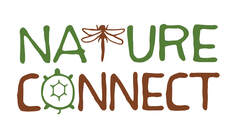
Join our email update list
© Nature Connect 2024
© Nature Connect 2024

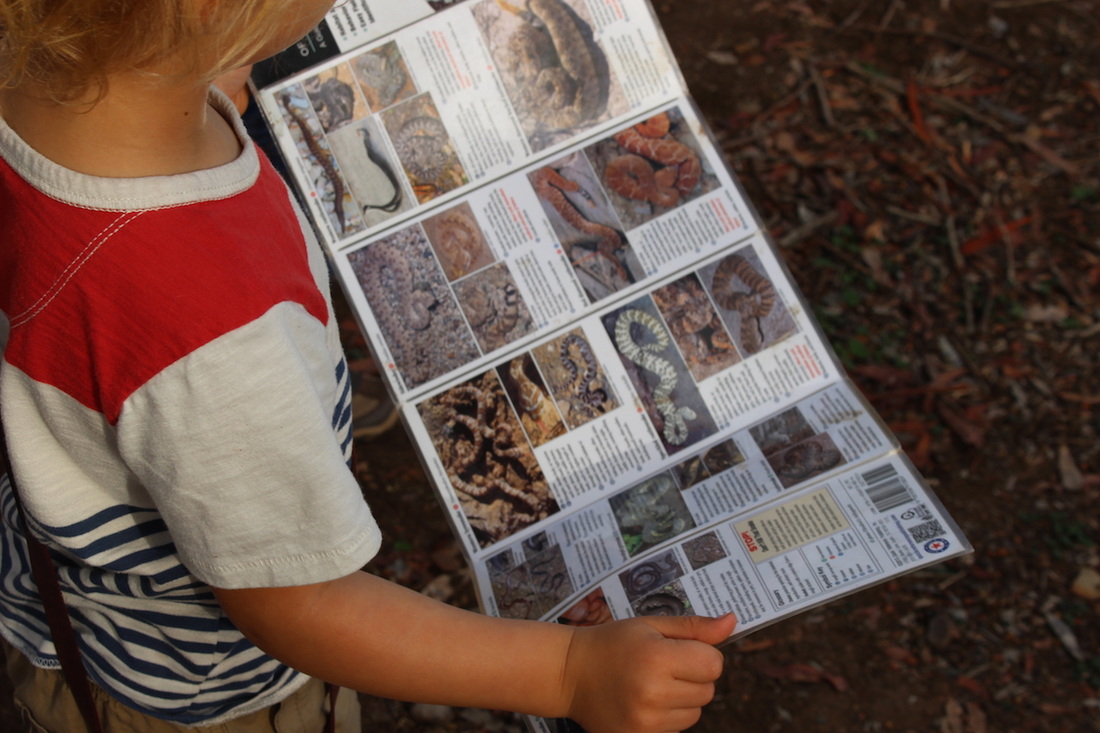
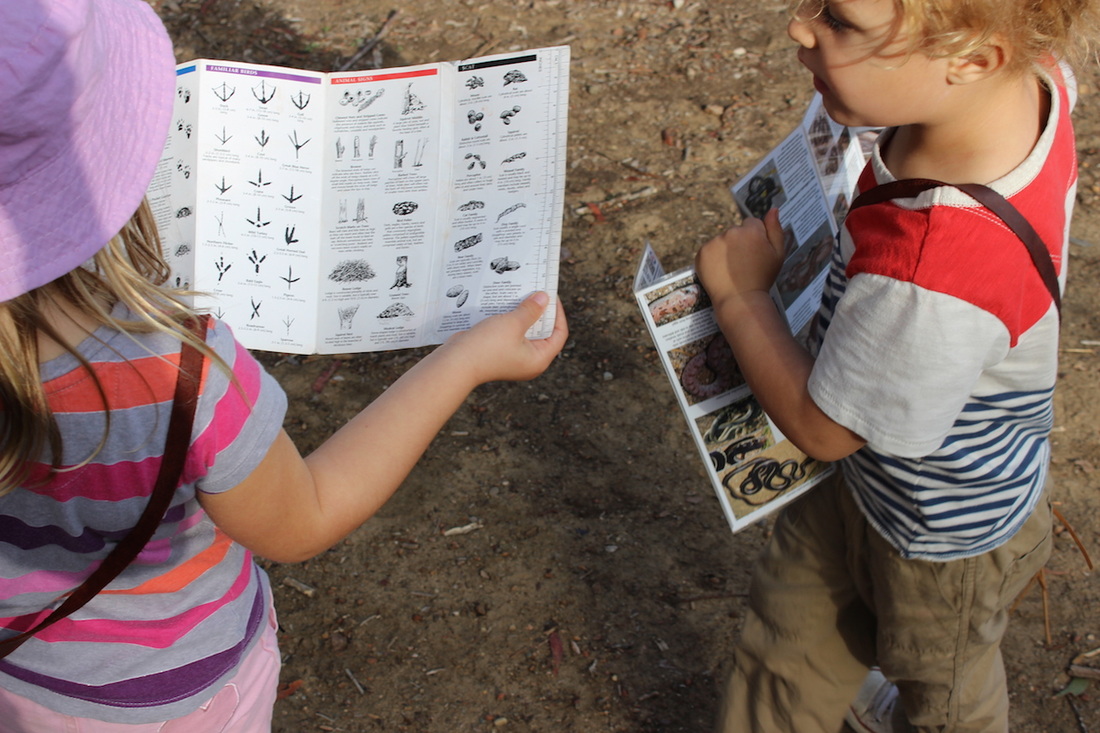
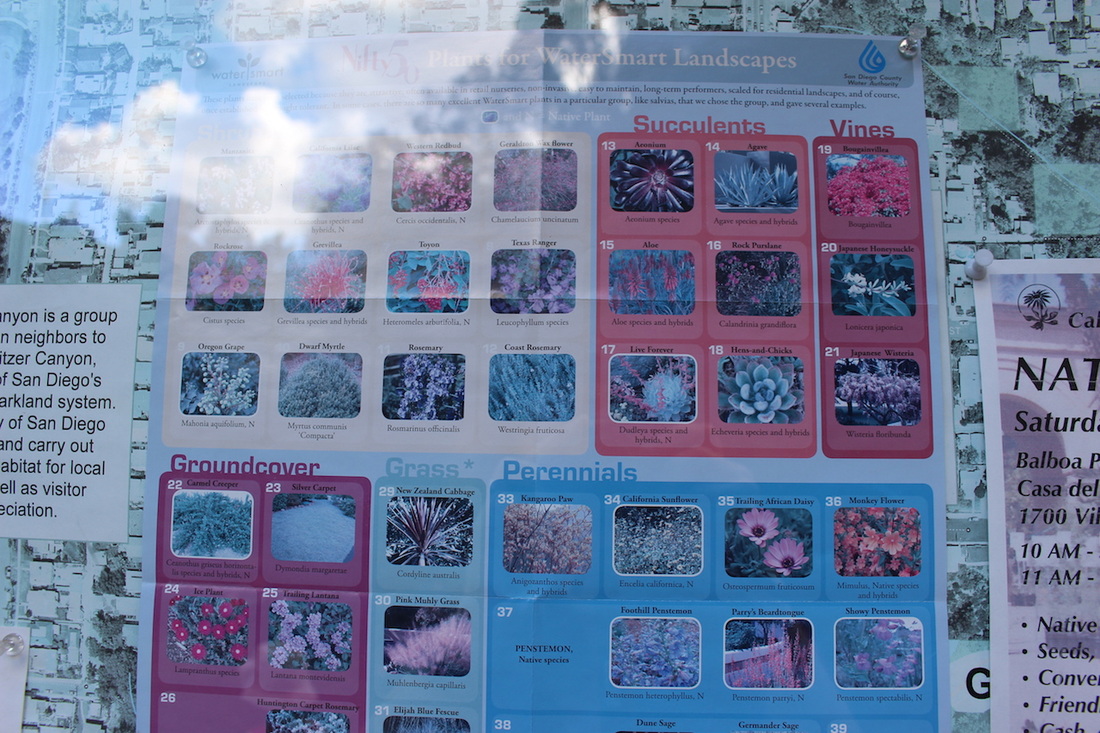
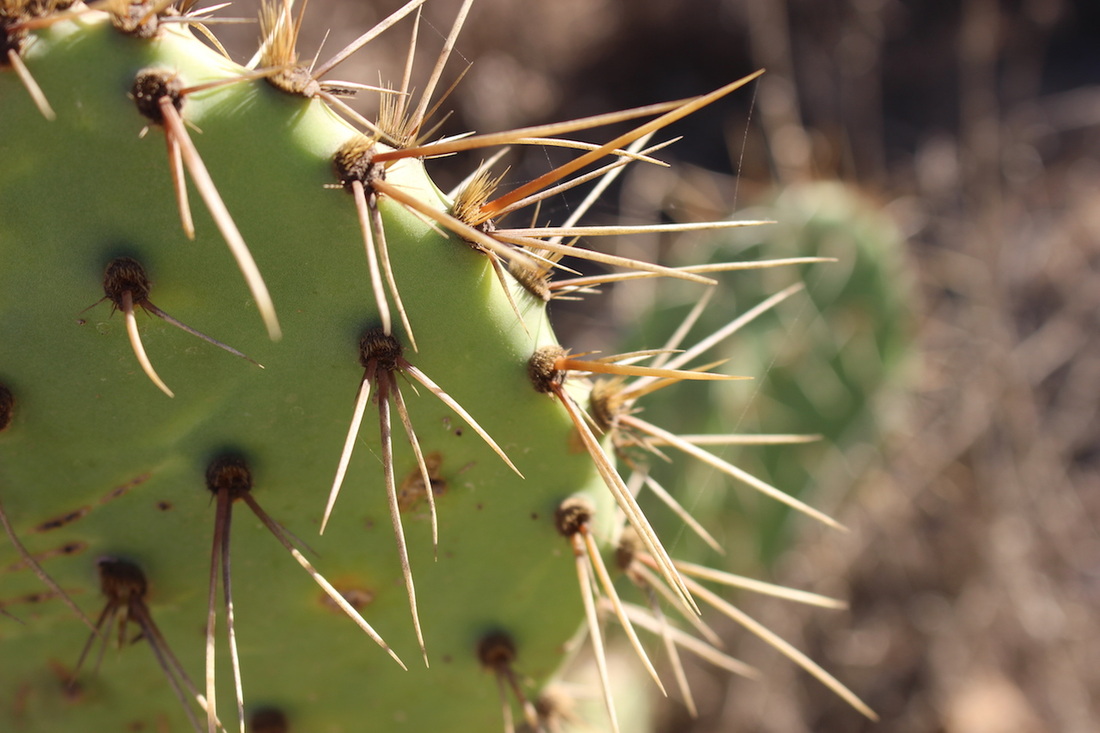
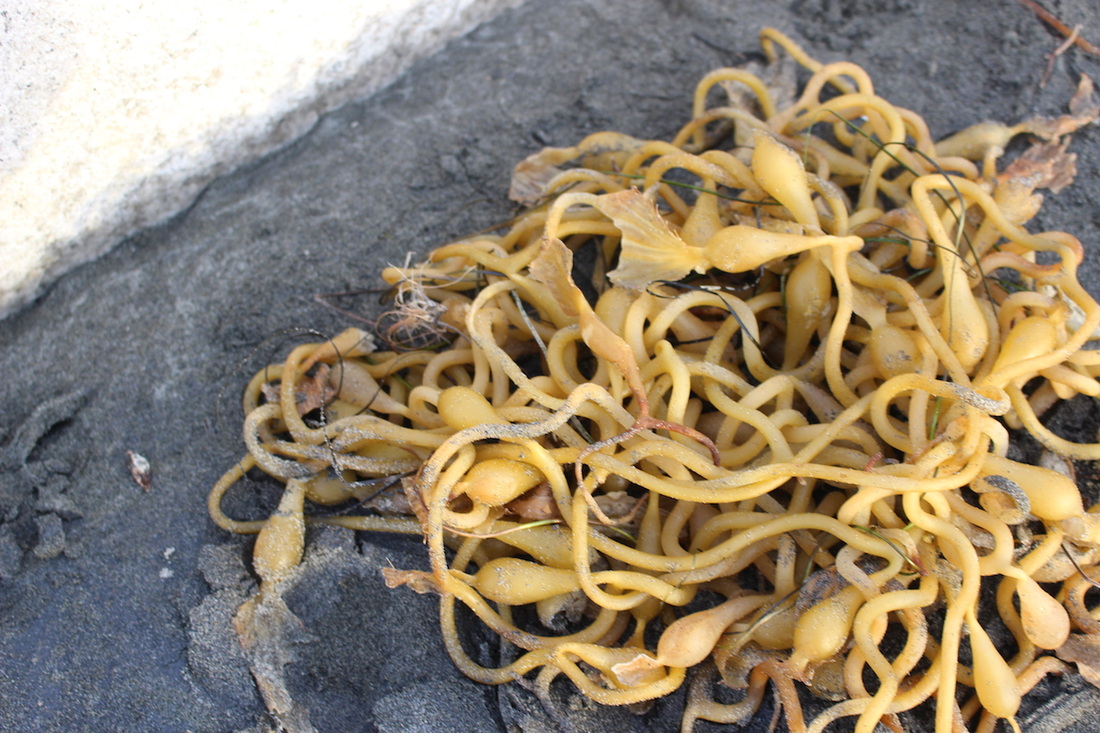

 RSS Feed
RSS Feed